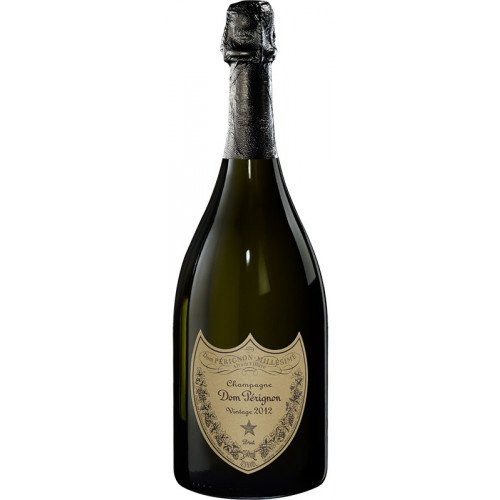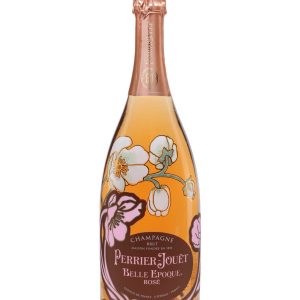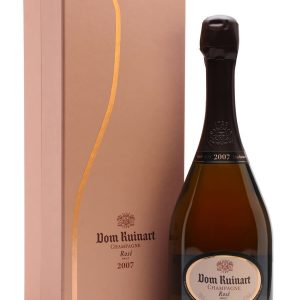PROOF25 (12.5% ABV)
About Dom Perignon Vintage 2012 Brut Champagne
Moët & Chandon is one of the largest producers of Champagne in the world and the co-owner of LVMH Moët Hennessy Louis Vuitton. Its roots date back to 1743 when Moët et Cie was founded by wine trader Claude Moët. During the reign of King Louis XV, the demand for Champagne was rising, prompting the Champagne house to ship its wine to Paris. The company was renamed Moët et Chandon in 1833, launching its first vintage Champagne in 1842, and the flagship Brut Imperial some 20 years later. Today, the winery produces nearly 30 million bottles per year and owns 2,900 acres (1,190 hectares) of vineyards.
The house is known for its distinctive bright and fruity style. Each stage of production relies on the vast know-how of “vine growers, vat men, cellar men, oenologists and other professionals all united by the strong principles that constitute our core values.” The Champagne is crafted under the watchful eye of Chef de Cave Benoît Gouez, who ensures that each bottle is brimming with Moët & Chandon character.
The house is best known for producing Dom Pérignon Champagne. Named after a 17th-century Benedictine monk who pioneered several winemaking techniques, the Champagne brand is an institution. Up until 1943, Dom Pérignon was a special bottling of Moët & Chandon Champagne, but from 1947 onward, its production is separate. It’s always a vintage Champagne.
Dom Pérignon 2012 Brut Champagne is the product of the challenging 2012 season, it’s a great vintage that successfully surmounted several challenges with an aggressive winter and hot summer. Crafted by Cellar Master Vincent Chaperon, it blends tradition with modernity. It’s a blend of 51% Pinot Noir and 49% Chardonnay that was aged at least 8 years on the lees in the cellars.
Grab your bottle of this iconic Champagne today!
About Champagne
Champagne has been associated with royalties since the 17th century, still maintaining its glorious reputation.
The French take Champagne seriously, so coming from the Champagne region of France isn’t the only requirement that keeps this drink from being “just sparkling wine.” The rules of the appellation require specific vineyard practices, particular types of grapes, specific pressing methods, and secondary fermentation of wine.
Be the first to review “Dom Perignon Vintage 2012 Brut Champagne” Cancel reply
Related products
Champagne
Champagne
Champagne
Champagne












Reviews
There are no reviews yet.